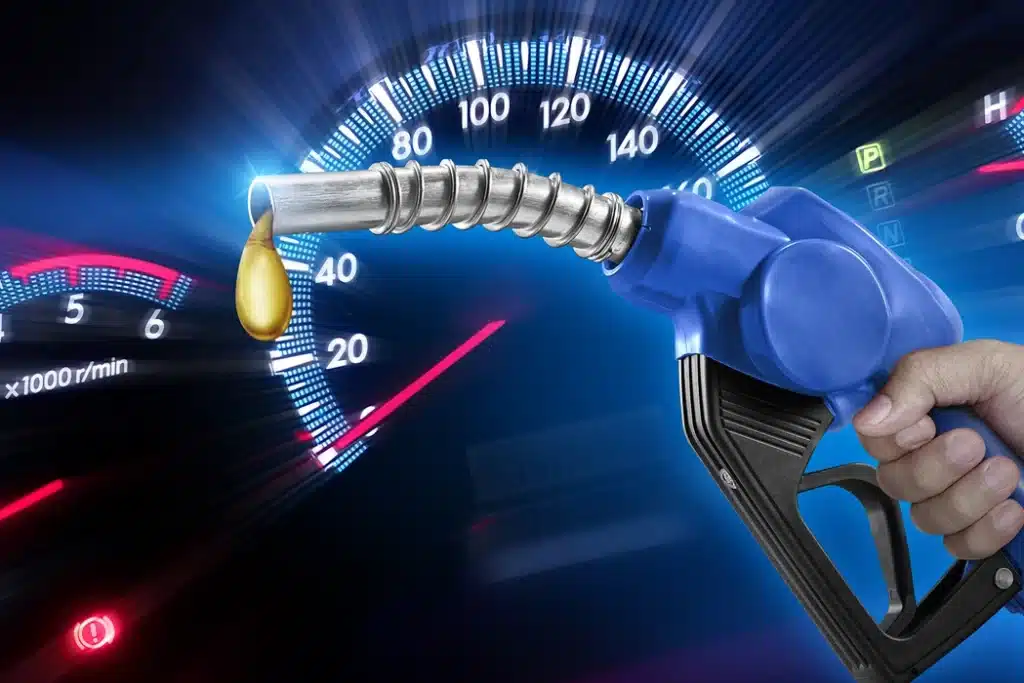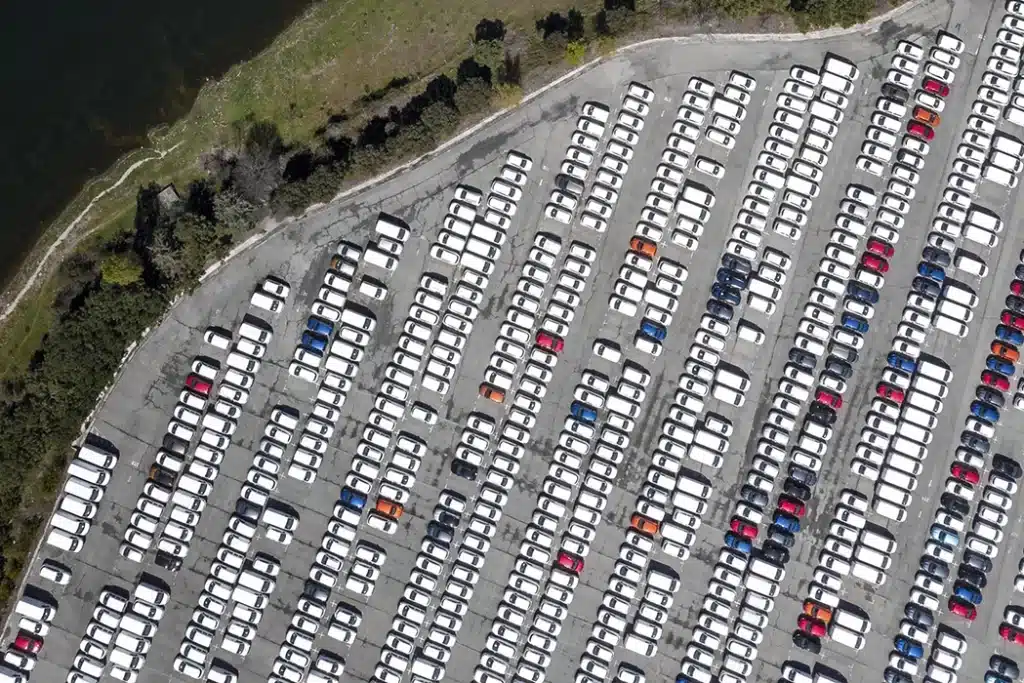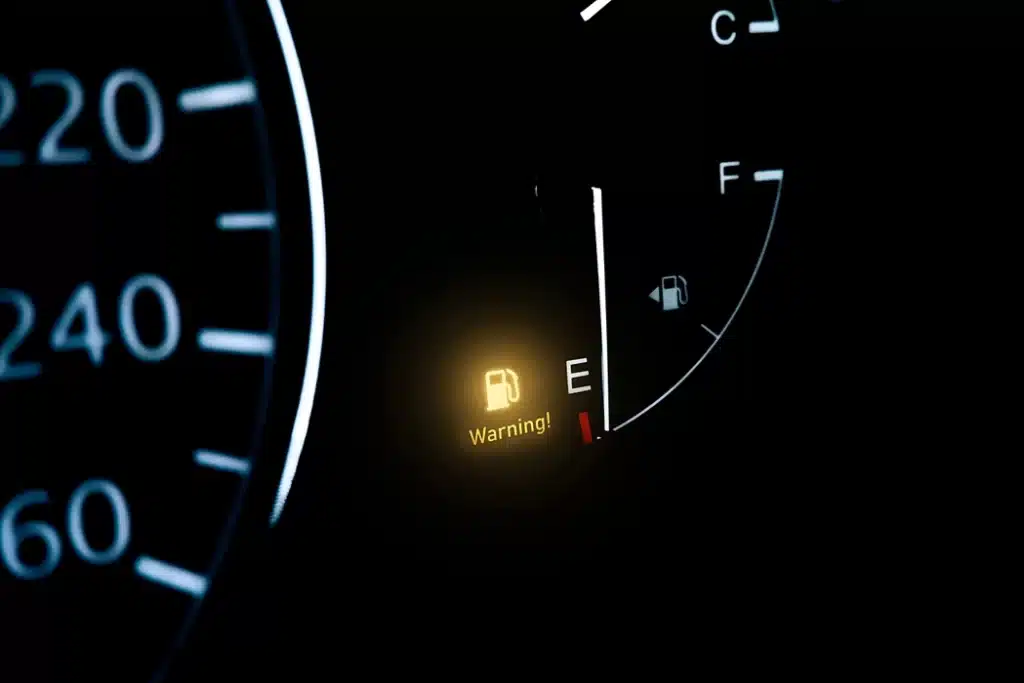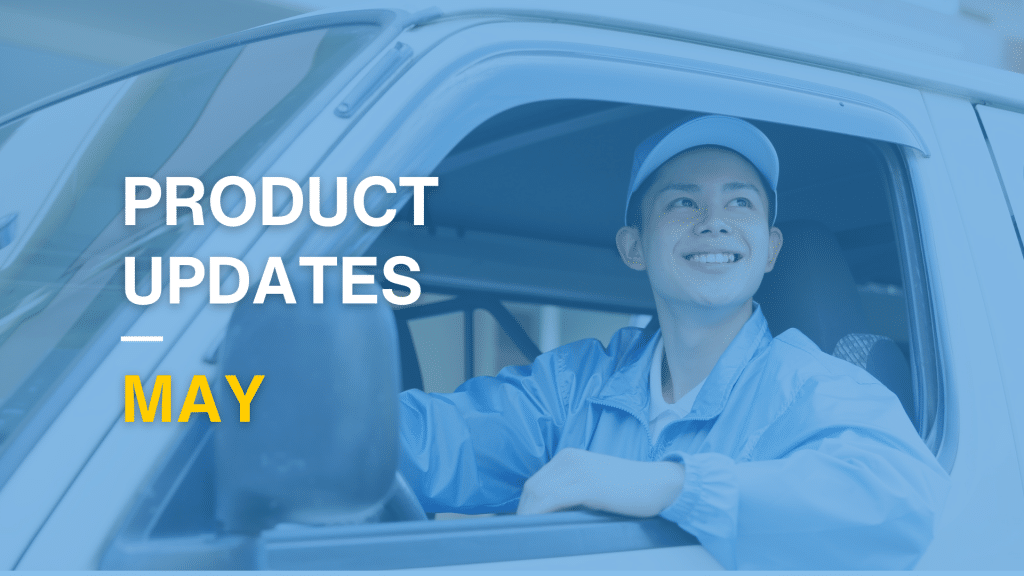Indoor GPS tracking is a relatively new technology that has become increasingly popular in recent years. These trackers provide a way to locate and monitor the movement of objects or people within indoor spaces, such as warehouses, hospitals, and schools. With the rise of Internet of Things (IoT) devices and smart buildings, indoor GPS trackers are poised to become an essential tool for businesses and individuals looking to improve efficiency, safety, and security.
In this article, we will explain indoor GPS tracking, and the advantages of using it, and provide some examples of how businesses are leveraging its capabilities.
What Is Indoor GPS Tracking?
Indoor GPS tracking is a technology that uses multiple signal-emitting devices to pinpoint the exact location of an object or person indoors. These devices can be in the form of Wi-Fi, Bluetooth, Radio Frequency Identification (RFID) tags and other technologies. The technology is able to identify the exact location of an object or person within a certain perimeter by using the signals emitted from these devices.
What Are Asset Trackers?
Asset trackers are devices that use indoor GPS tracking technology to monitor the location and movement of valuable assets. They are typically affixed directly to the asset and relay its exact location, position, and movement in real-time. Asset trackers can be used in a variety of applications such as security, inventory management, and logistics operations.
Logistical Challenges Facing Today’s Businesses
Asset tracking management is a key aspect of business management that has become increasingly important in the current digital age. Companies are spending a significant amount of resources to acquire, maintain and manage their capital assets, from equipment to vehicles, and ensure their optimal use. In today’s highly competitive and globalized market, businesses face a number of logistical challenges. These include:
Asset Location Management
The increasing complexity of logistical operations, with assets and people moving all the time, can make it difficult for businesses to keep track of their resources. Finding a single asset or large amounts of them quickly can be particularly challenging. Knowing the exact location of assets is critical in order to ensure efficient operations, and having the right tools in place can make all the difference.
Asset Underutilization
Many businesses face the common challenge of underutilized assets – assets that are acquired for use in operations but fail to be tracked and used as expected. This leaves businesses with a lack of utilization data to make informed ordering decisions, leading to inefficient operations and decreased profits.
Inefficient Data Gathering
Gathering data related to asset utilization, product flow, and breakdowns can be a time-consuming and inefficient process. Many businesses still rely on manual data collection, which can be slow and prone to human error. This means businesses may not have accurate information or a comprehensive understanding of their stock, workflows, or asset performance, leading to the inability to identify areas of improvement or potential problems.
Use Cases for Indoor GPS Tracking Technology
Indoor GPS tracking is an incredibly versatile tool that can be used in a wide variety of applications. Here are just a few industries and business environments it’s helpful in:
Multi-Storey Parking Lots and Large Venues
Real-time parking space tracking is one of the most popular uses for GPS trackers in multi-story car parks and large venues. This technology enables drivers to quickly locate available parking spaces and get guidance directly from them. Traffic management is also improved as operators can monitor vehicle and pedestrian traffic in real time.
Warehouses
Asset trackers affixed to inventory can help businesses keep track of stock levels, product flow, and asset utilization. Temperature sensors can help monitor conditions to make sure products are stored in ideal environmental conditions while geofencing and geo-location services can prevent assets from leaving the building.
Other examples of warehouse use cases include:
- Stock counting and data collection
- Product traceability from manufacture to delivery
- Routing optimization for pickers
- Route optimization to reduce delivery time
- Asset maintenance planning
Hospitals
Hospitals and other healthcare facilities can use indoor GPS tracking to locate, monitor and track important assets – such as beds, lifts, and tools – across departments. Sensors can also be used to monitor temperature, humidity, and other vital parameters in the hospital environment to ensure optimum conditions for patients and staff.
Mining
Indoor GPS trackers are critical to helping miners keep track of personnel and equipment in hazardous environments. By monitoring lives, assets, and resources, they ensure that miners are working safely, efficiently, and in compliance with local regulations. They also allow operators to track underground assets and materials in real-time.
Retail
Retail stores can also benefit from indoor GPS tracking technology. This technology allows staff to easily locate items on the store floor, as well as track customers and staff movements throughout the store. This data can be used to inform store layout and merchandising decisions or analyze customer behavior patterns. It can also help stores prevent theft and manage security.
Airports
Airports are notoriously busy places, but indoor GPS tracking can help streamline operations and improve passenger experiences. Airlines can use the technology for a range of activities, including
- Providing real-time flight information to passengers, such as departure and arrival times, gate changes, and delays.
- Sending boarding alerts to passengers through mobile devices, reducing the need for public address announcements.
- Offering indoor navigation assistance to passengers, helping them find their way through the airport, including directions to the gate, restaurants, and shops.
- Providing data analytics to airport authorities, enabling them to identify trends, optimize operations, and improve the overall travel experience.
Construction Sites
Indoor GPS tracking can help construction sites stay safe and secure, by providing accurate information on the location of workers and visitors. This technology can also be used to monitor the movements of construction equipment, such as cranes, bulldozers, and excavators, enabling site managers to optimize their use and prevent theft.
Manufacturing
Indoor GPS tracking can also be used in manufacturing and industrial settings to monitor the performance of machinery, optimize processes, and ensure safety procedures are followed. Sensors can be attached to machines and tracked in real-time, providing essential data on performance metrics such as speed, efficiency and temperature. This data can then be used to identify any necessary repairs or maintenance.
Conclusion
Indoor GPS trackers are essential tools for businesses that seek to improve their efficiency and productivity. They provide valuable insights into employee activity, asset utilization, and resource allocation. Moreover, these trackers enable businesses to optimize their operations and create a safer and more secure working environment for their employees. With technological advancements, Indoor GPS trackers have become more affordable and user-friendly, making them accessible to businesses of all sizes.
By deploying the right Indoor GPS tracking solution, businesses can take their operations to new heights, while also providing a better experience for their employees, customers, and stakeholders. Reach out to one of our consultants today to see which indoor GPS tracking solution will work for you.








































